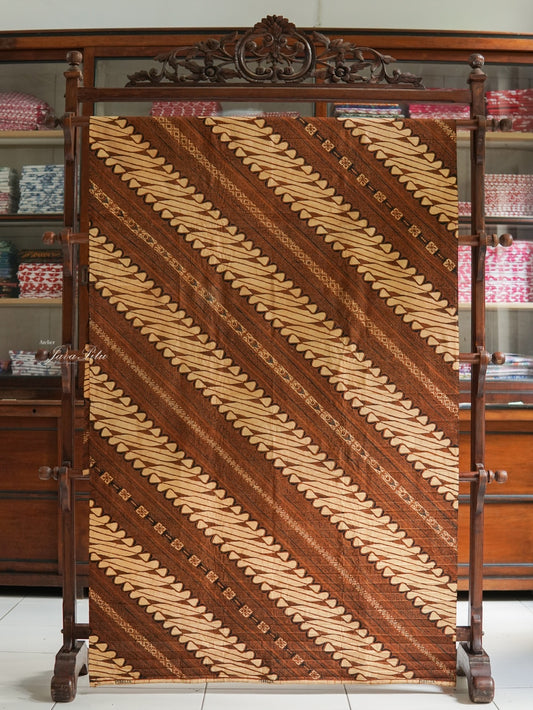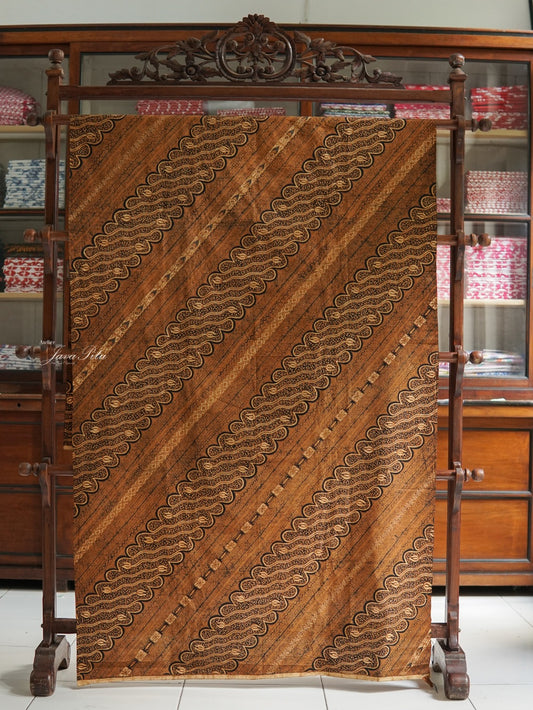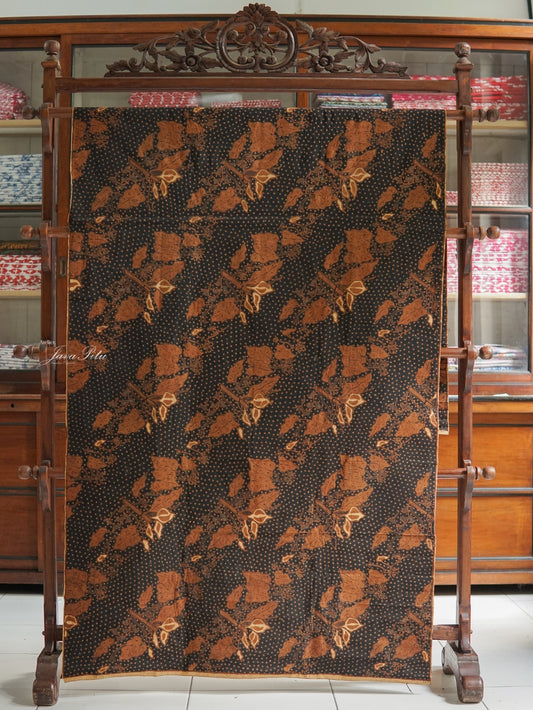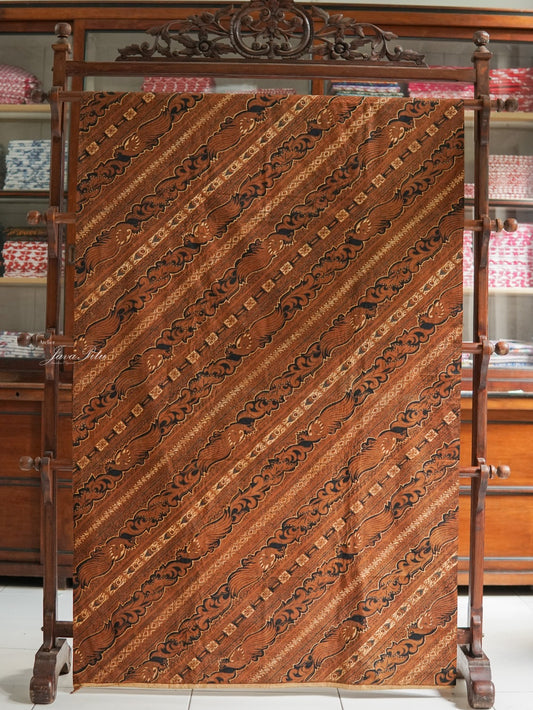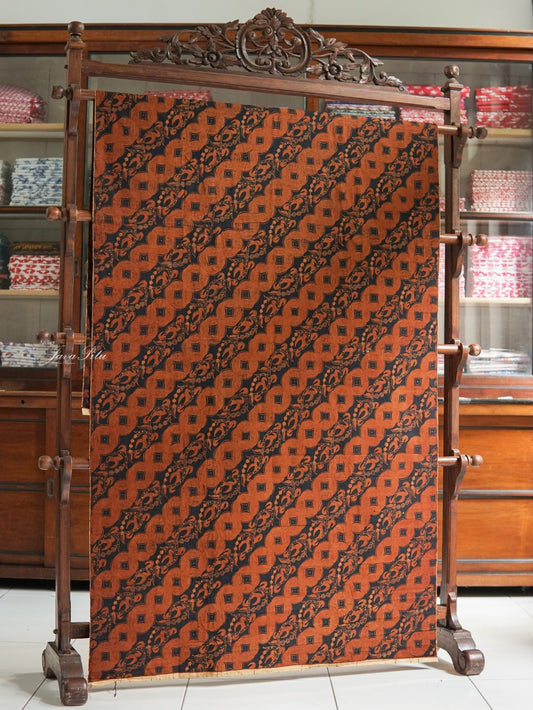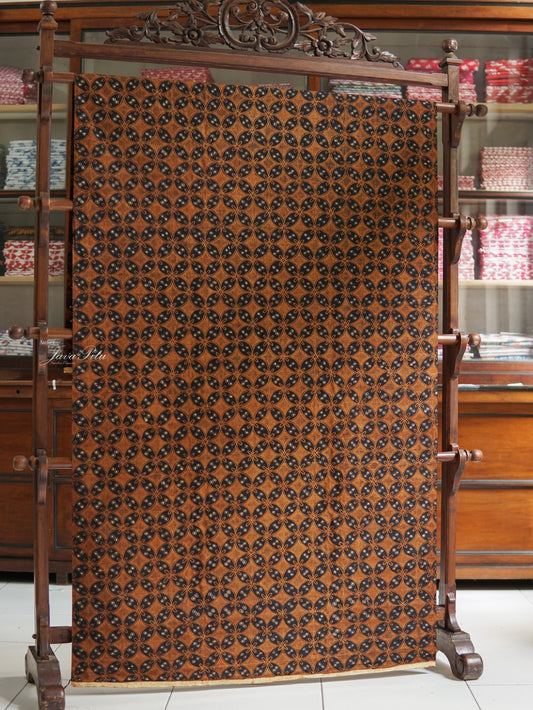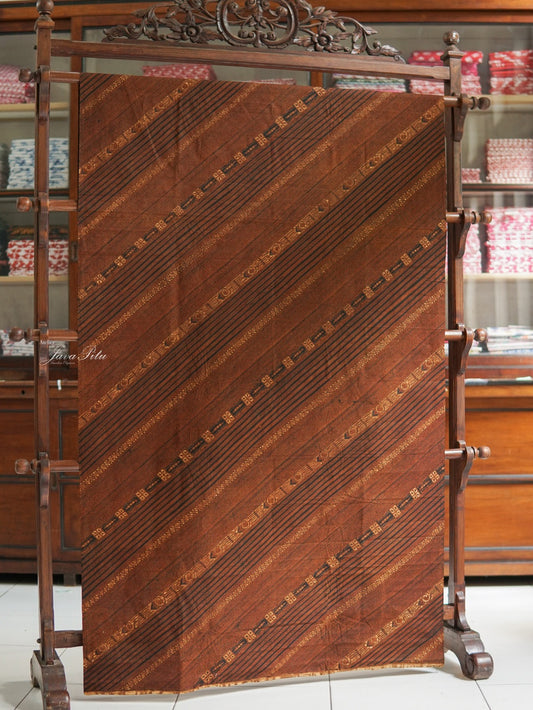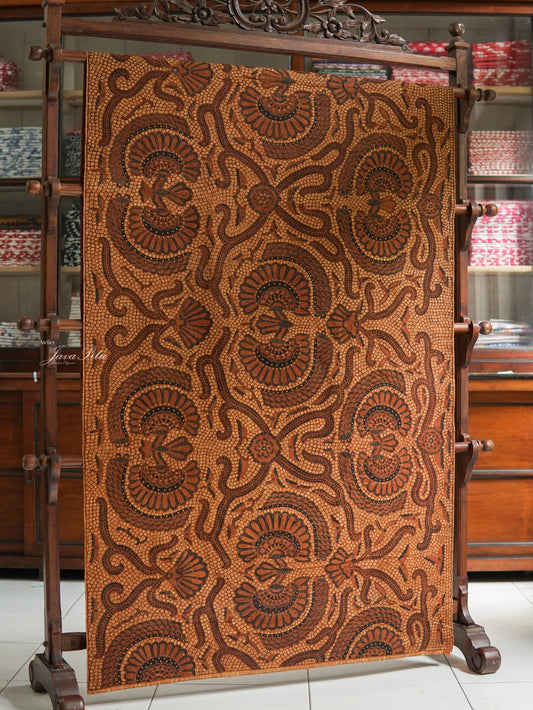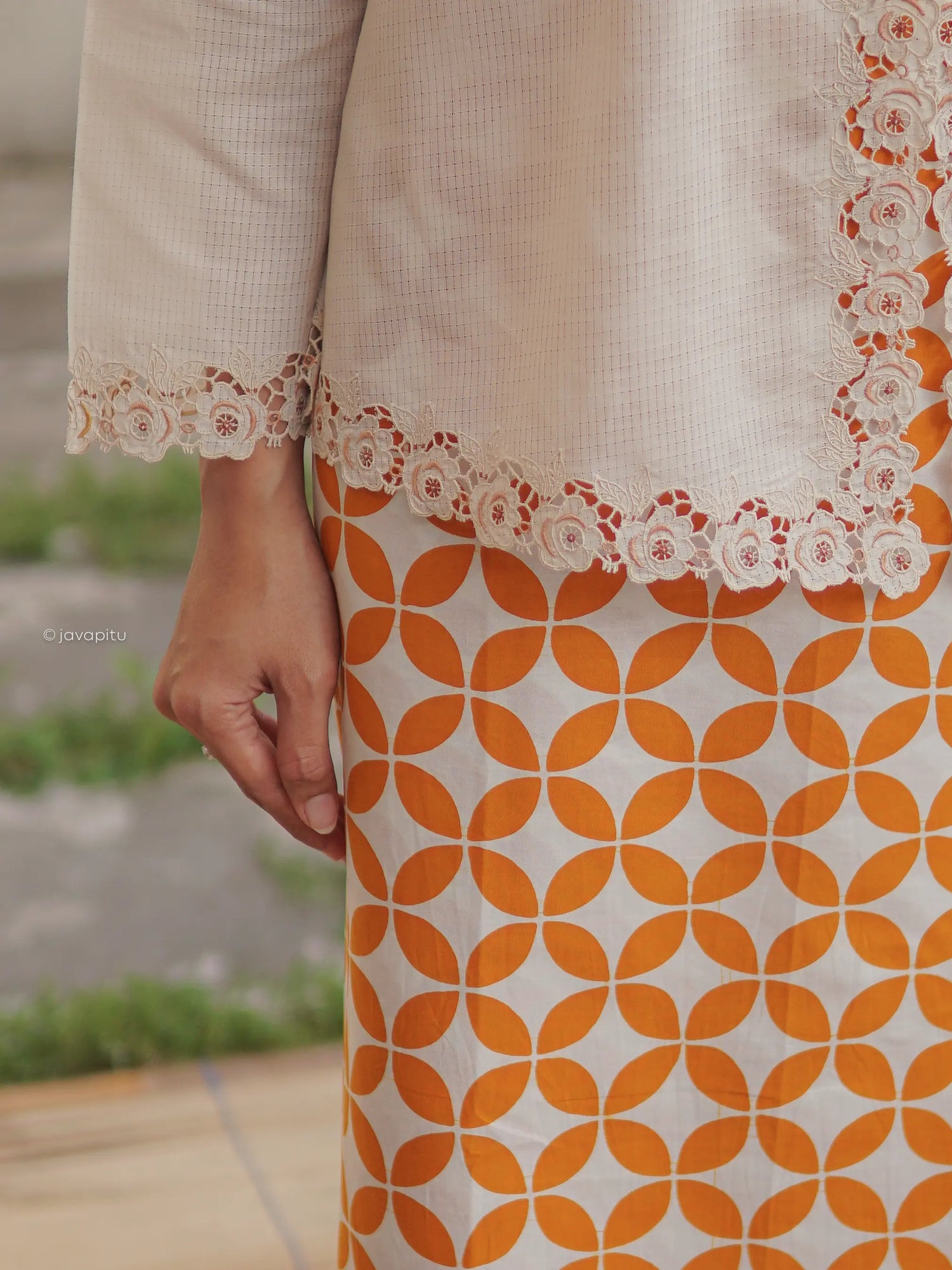-
JavaPitu - Batik Tulis Njonjah Hartini - Sogan lawasan - Rujak Senthe Seling Parang
Regular price Rp 1,728,000.00 IDRRegular priceUnit price perRp 1,908,000.00 IDRSale price Rp 1,728,000.00 IDRSold out -
JavaPitu - Batik Tulis Sogan lawasan - Udan Liris Seling Kembang Kanthil
Regular price Rp 1,558,000.00 IDRRegular priceUnit price perRp 1,728,000.00 IDRSale price Rp 1,558,000.00 IDRSold out -
JavaPitu - Batik Tulis Sogan lawasan - Kembang Lotus latar Brinthik
Regular price Rp 1,258,000.00 IDRRegular priceUnit price perRp 1,395,000.00 IDRSale price Rp 1,258,000.00 IDRSold out -
JavaPitu - Batik Tulis Sogan lawasan - Parang Menang Seling
Regular price Rp 1,258,000.00 IDRRegular priceUnit price perRp 1,395,000.00 IDRSale price Rp 1,258,000.00 IDRSale -
JavaPitu - Batik Tulis Sogan lawasan - Peksi Dan Liris
Regular price Rp 1,728,000.00 IDRRegular priceUnit price perRp 1,908,000.00 IDRSale price Rp 1,728,000.00 IDRSold out -
JavaPitu - Batik Tulis Sogan lawasan - Kawung Seling Kembang
Regular price Rp 1,558,000.00 IDRRegular priceUnit price perRp 1,728,000.00 IDRSale price Rp 1,558,000.00 IDRSale -
JavaPitu - Batik Tulis Sogan lawasan - Kawung Bintang
Regular price Rp 1,258,000.00 IDRRegular priceUnit price perRp 1,395,000.00 IDRSale price Rp 1,258,000.00 IDRSold out -
JavaPitu - Batik Tulis Sogan lawasan - Udan Liris
Regular price Rp 1,258,000.00 IDRRegular priceUnit price perRp 1,395,000.00 IDRSale price Rp 1,258,000.00 IDRSold out -
JavaPitu - Batik Tulis Sogan lawasan - Buket Latar Parang Klitik
Regular price Rp 1,258,000.00 IDRRegular priceUnit price perRp 1,395,000.00 IDRSale price Rp 1,258,000.00 IDRSold out -
JavaPitu - Batik Tulis Sogan lawasan - Babon Angrem Latar Gringsingan
Regular price Rp 1,728,000.00 IDRRegular priceUnit price perRp 1,908,000.00 IDRSale price Rp 1,728,000.00 IDRSale -
Batik Kuno Burung Merak Biru. Ca.1960
Regular price Rp 1,558,000.00 IDRRegular priceUnit price perRp 1,658,000.00 IDRSale price Rp 1,558,000.00 IDRSold out -
JavaPitu - Kain Batik Lawas Banyumas pengaruh keraton - C.1970-1980
Regular price Rp 808,000.00 IDRRegular priceUnit price perRp 895,000.00 IDRSale price Rp 808,000.00 IDRSold out -
Batik Kuno Burung Merak Merah. Ca.1960
Regular price Rp 1,358,000.00 IDRRegular priceUnit price perRp 1,458,000.00 IDRSale price Rp 1,358,000.00 IDRSold out -
 Sold out
Sold outSelendang Batik Kuno Gresik. C.1980
Regular price Rp 388,000.00 IDRRegular priceUnit price perRp 388,000.00 IDRSale price Rp 388,000.00 IDRSold out -
JavaPitu - Batik Tulis Lawasan -Sogan Semen Solo - Pewarna Alam
Regular price Rp 1,850,000.00 IDRRegular priceUnit price perRp 1,850,000.00 IDRSale price Rp 1,850,000.00 IDR -
JavaPitu - Batik Tulis Lawasan - Ulo Kembang Lotus - C.1960-1970
Regular price Rp 1,628,000.00 IDRRegular priceUnit price perRp 1,628,000.00 IDRSale price Rp 1,628,000.00 IDRSold out -
JavaPitu - Batik Tulis Lawasan - Gendongan Hokokai Kupu - C.1970-2000
Regular price Rp 1,858,000.00 IDRRegular priceUnit price perRp 1,858,000.00 IDRSale price Rp 1,858,000.00 IDRSold out -
JavaPitu - The Tie Siet - Pekalongan - Batik Tulis Lawasan
Regular price Rp 12,499,000.00 IDRRegular priceUnit price perRp 15,000,000.00 IDRSale price Rp 12,499,000.00 IDRSold out -
JavaPitu - Oey Siok Kiem - Kedoengwoeni - Batik Tulis Lawasan - C.1950
Regular price Rp 17,500,000.00 IDRRegular priceUnit price perRp 17,500,000.00 IDRSale price Rp 17,500,000.00 IDR -
JavaPitu - Gan Tjoe Sin - Pekalongan - Batik Tulis Lawasan - C.1940
Regular price Rp 12,500,000.00 IDRRegular priceUnit price perRp 12,500,000.00 IDRSale price Rp 12,500,000.00 IDR
Collection
-
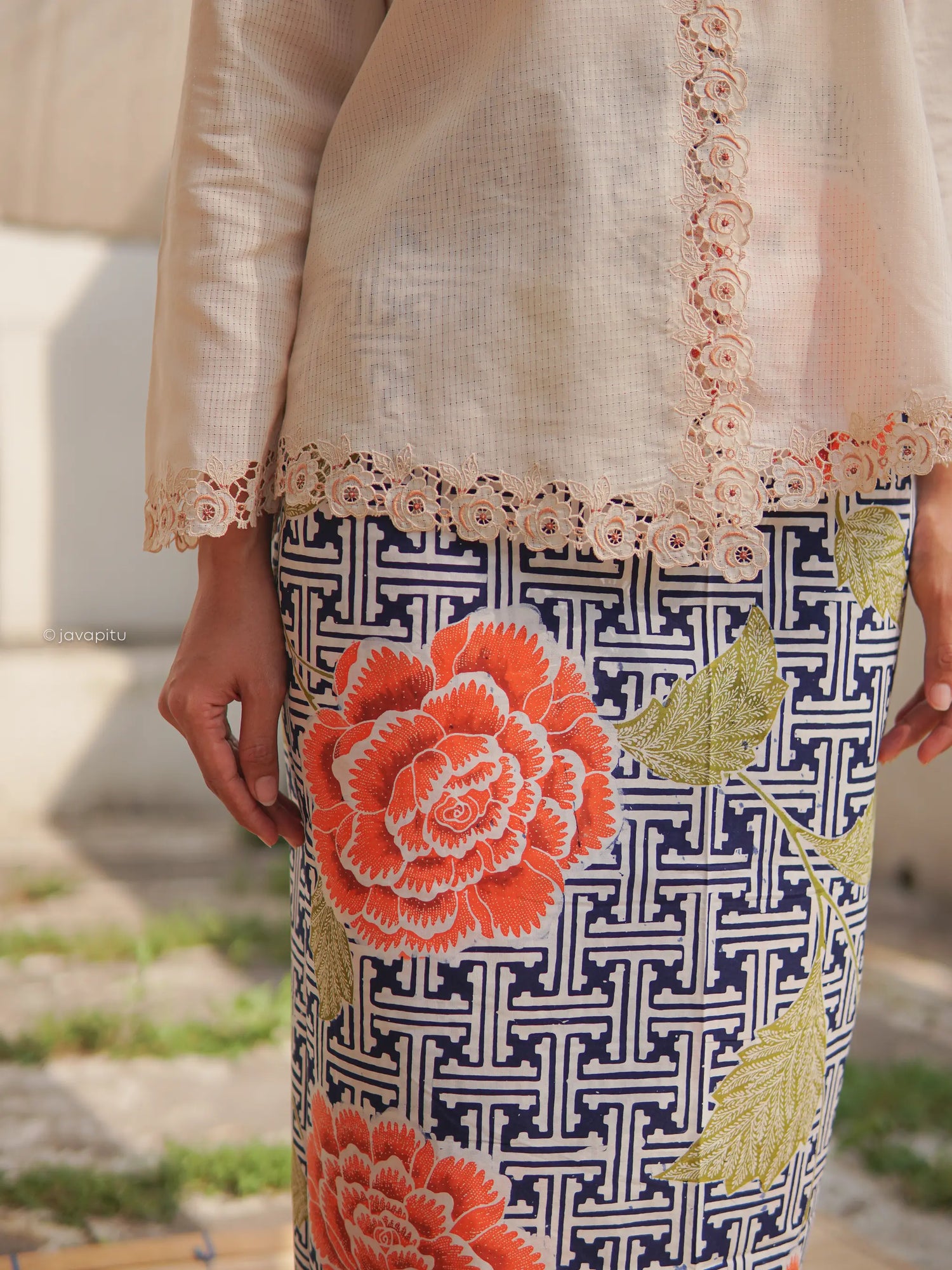
Batik Tulis
Batik Tulis is a traditional art form where the creation of patterns...
-
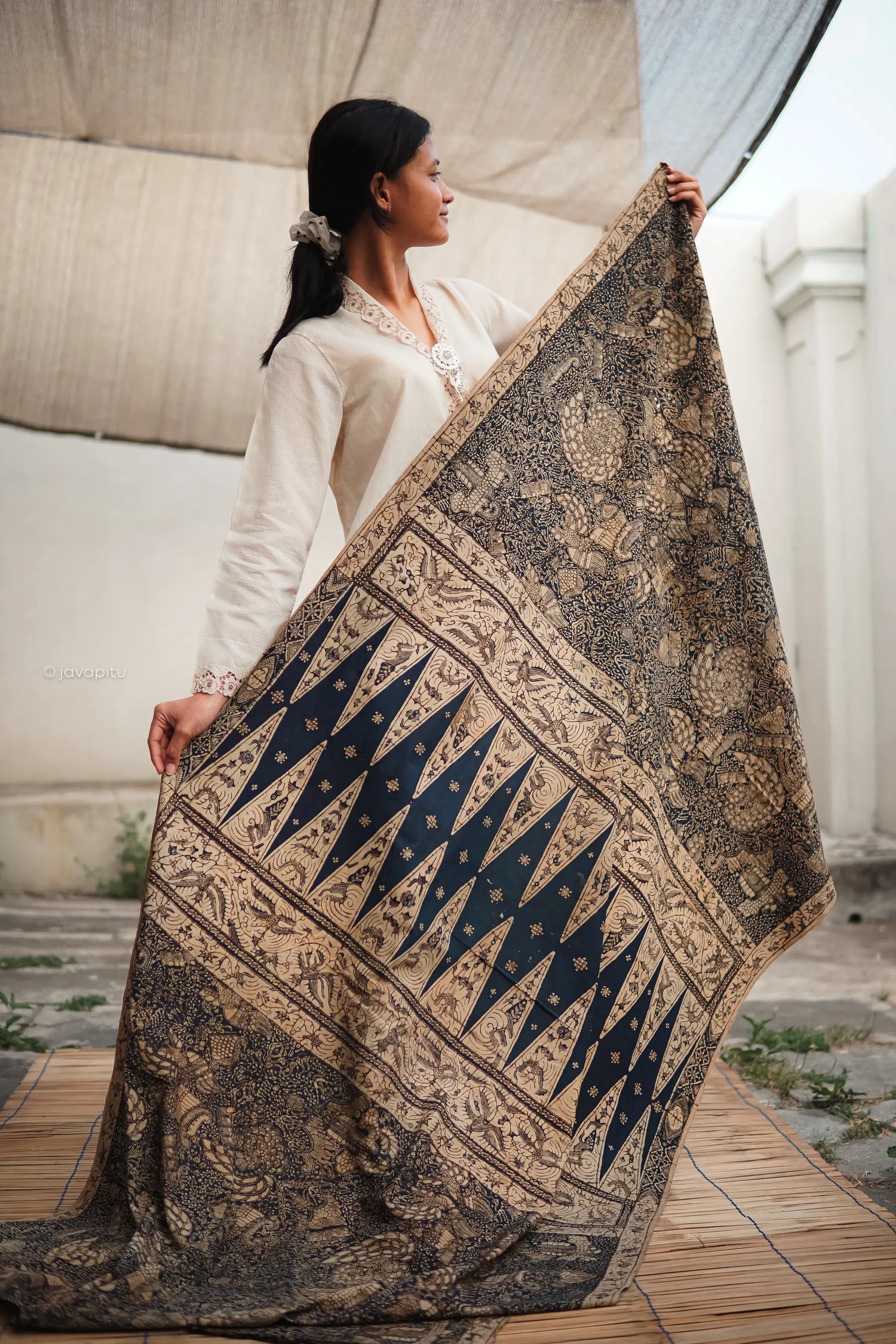
Collector Batik
A batik collector is an individual who embodies a deep appreciation for...

